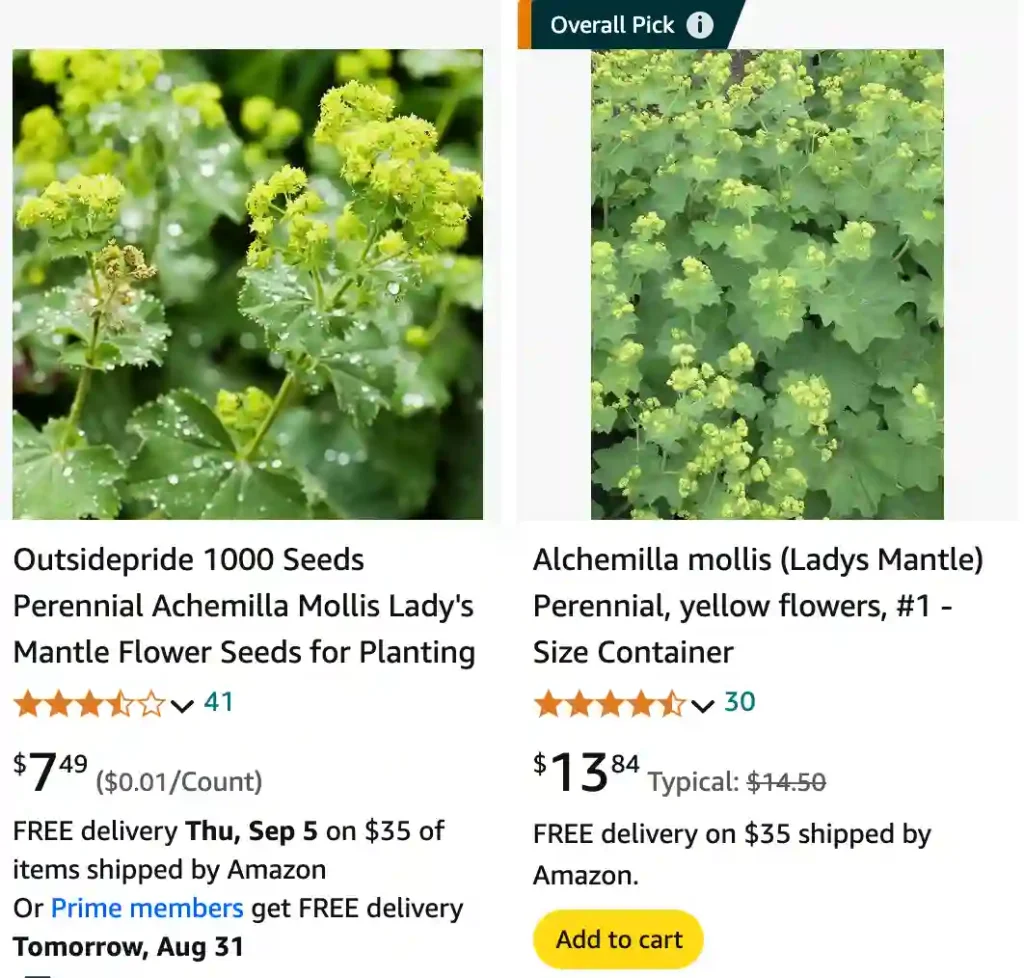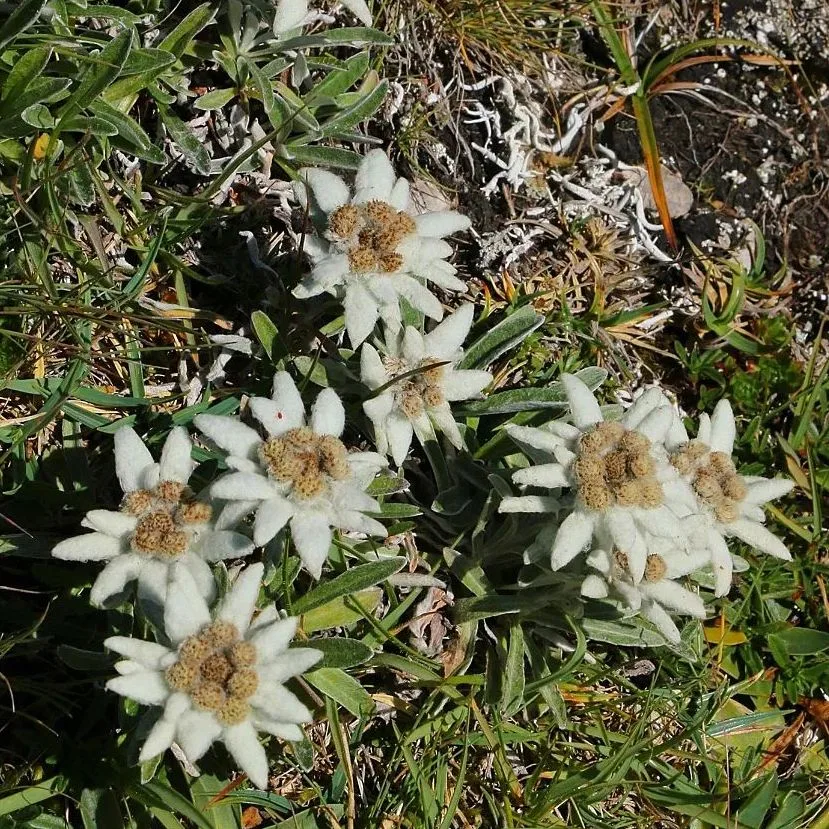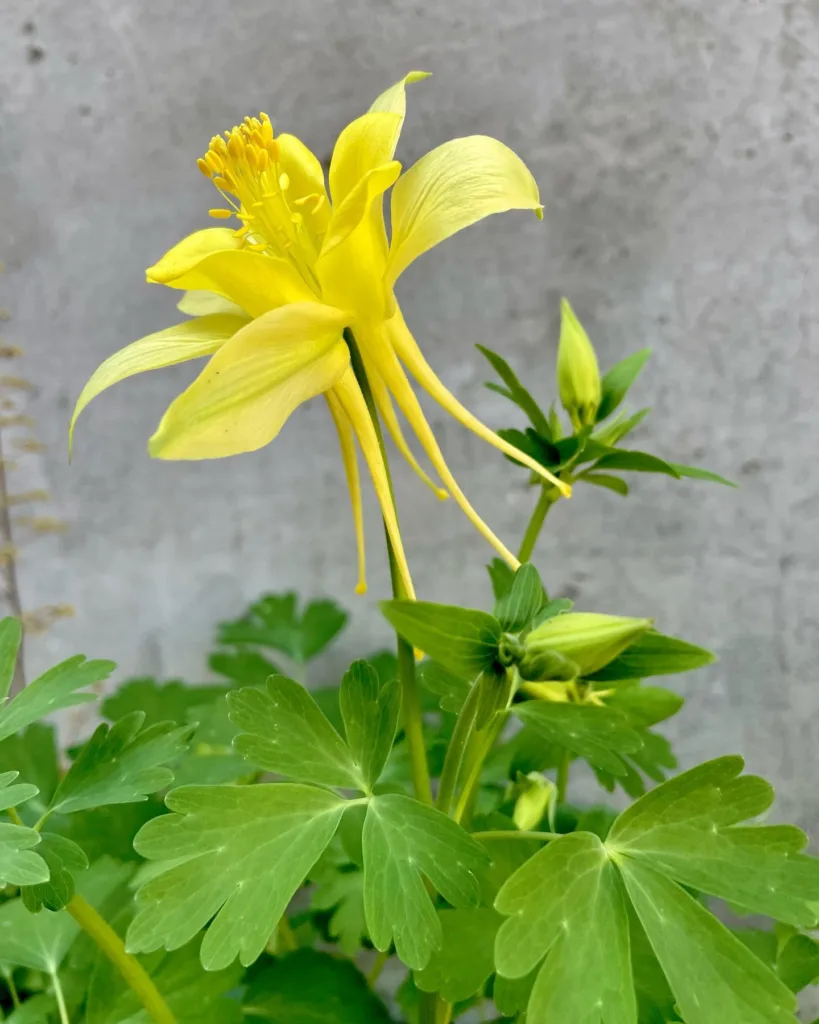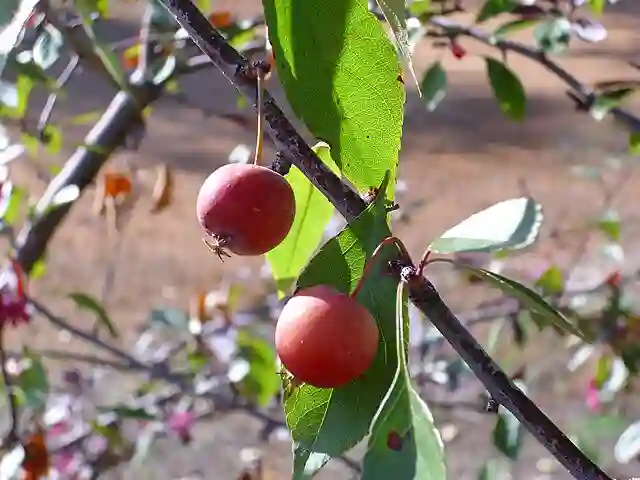
FAQs About Alchemilla Mollis
Alchemilla Mollis, commonly known as Lady’s Mantle, is a charming perennial that has become a favorite in my garden. Its soft, rounded leaves and delicate, greenish-yellow flowers make it a standout in any landscape. If you’re considering adding this plant to your garden or simply curious about its care, here are answers to some frequently asked questions about Alchemilla Mollis.
796 Species in Genus Alchemilla
How to Grow Alchemilla Mollis?
Growing Alchemilla Mollis is relatively straightforward. It thrives in well-drained soil with a slightly acidic to neutral pH. When planting, choose a location that receives partial to full sun. Although it can tolerate full sun, it performs best with some afternoon shade, especially in hotter climates. Space the plants about 12 to 18 inches apart to allow for their spreading habit.
To start from seeds, sow them in a seed tray with a light seed-starting mix. Press the seeds into the soil but don’t cover them, as they need light to germinate. Keep the soil consistently moist but not waterlogged. Germination can take a few weeks, so be patient.
Is Alchemilla Mollis Evergreen?
Alchemilla Mollis is not evergreen. It is a herbaceous perennial that dies back in winter and re-emerges in spring. During the colder months, its foliage will turn brown and wither, but come spring, new growth will emerge from the base.
Is Alchemilla Mollis Poisonous to Dogs?
Alchemilla Mollis is generally considered non-toxic to dogs. However, it’s always wise to monitor your pets and ensure they don’t consume large amounts of any plant, as even non-toxic plants can cause gastrointestinal upset if ingested in significant quantities.
Do You Cut Back Alchemilla Mollis?
Yes, you should cut back Alchemilla Mollis to maintain its health and appearance. After the plant has finished flowering and the foliage starts to die back in late fall, cut it back to the ground. This helps to clean up the garden and allows new growth to come through in spring.
How to Cut Back Alchemilla Mollis?
To cut back Alchemilla Mollis, use clean, sharp garden shears. Remove all the dead foliage and spent flowers by cutting them back to the base of the plant. Avoid cutting into the crown of the plant to prevent damage to new shoots.
How to Grow Alchemilla Mollis from Seed?
Growing Alchemilla Mollis from seed requires a bit of patience. Start seeds indoors about 6 to 8 weeks before the last frost. Sow the seeds on the surface of a seed-starting mix and keep them in a warm, bright location. Once seedlings have developed a few sets of leaves and the risk of frost has passed, transplant them outdoors.
How to Prune Alchemilla Mollis?
Pruning Alchemilla Mollis is simple. Besides the annual fall cleanup, you can prune during the growing season to shape the plant and remove any damaged or excessive growth. Deadheading the spent flowers can encourage additional blooms and prevent the plant from becoming too untidy.
Is Alchemilla Mollis Poisonous?
Alchemilla Mollis is not known to be poisonous to humans or animals. It’s a safe choice for gardens where children and pets play. Nevertheless, always practice caution and avoid ingestion of any plant material.
What to Plant with Alchemilla Mollis?
Alchemilla Mollis pairs beautifully with a variety of garden plants. It works well with other perennials such as Astilbe, Heuchera, and Hosta, providing a lovely contrast with its foliage. It also complements roses and shrubs, adding texture and color to mixed borders.
When Does Alchemilla Mollis Flower?
Alchemilla Mollis typically flowers from late spring to early summer. Its small, star-shaped flowers are a pale green-yellow, held in loose clusters above the foliage. The blooms are not only attractive but also attract beneficial insects like bees and butterflies.
Will Alchemilla Mollis Grow in Shade?
Yes, Alchemilla Mollis can grow in shade, though it prefers partial shade. It will tolerate full shade, but the plant may not flower as profusely or grow as robustly as it would in a sunnier spot.
Alchemilla Mollis vs. Alchemilla Vulgaris
Alchemilla Mollis and Alchemilla Vulgaris are often confused, but there are some differences between them. Alchemilla Mollis, or Lady’s Mantle, is known for its larger, more rounded leaves and its softer, more velvety texture. Alchemilla Vulgaris, on the other hand, has smaller, more finely divided leaves and tends to be more upright. Both have similar flower types, but the appearance and growth habit can help distinguish between them.
How to Care for Alchemilla Mollis?
Caring for Alchemilla Mollis involves regular watering and occasional feeding. It prefers moist soil but is quite drought-tolerant once established. A layer of mulch can help retain moisture and suppress weeds. Fertilize in early spring with a balanced, all-purpose fertilizer to support new growth.
Common Problems
Alchemilla Mollis is generally trouble-free but can occasionally suffer from powdery mildew, especially in humid conditions. To prevent this, ensure adequate air circulation and avoid overhead watering. Slugs and snails may also be a problem; using barriers or organic controls can help manage them.
In summary, Alchemilla Mollis is a versatile and attractive addition to any garden. With the right care and attention, it can provide beauty and interest for many seasons. Whether you’re growing it from seed or caring for an established plant, this perennial can offer both charm and functionality to your garden space.
If i die, water my plants!



